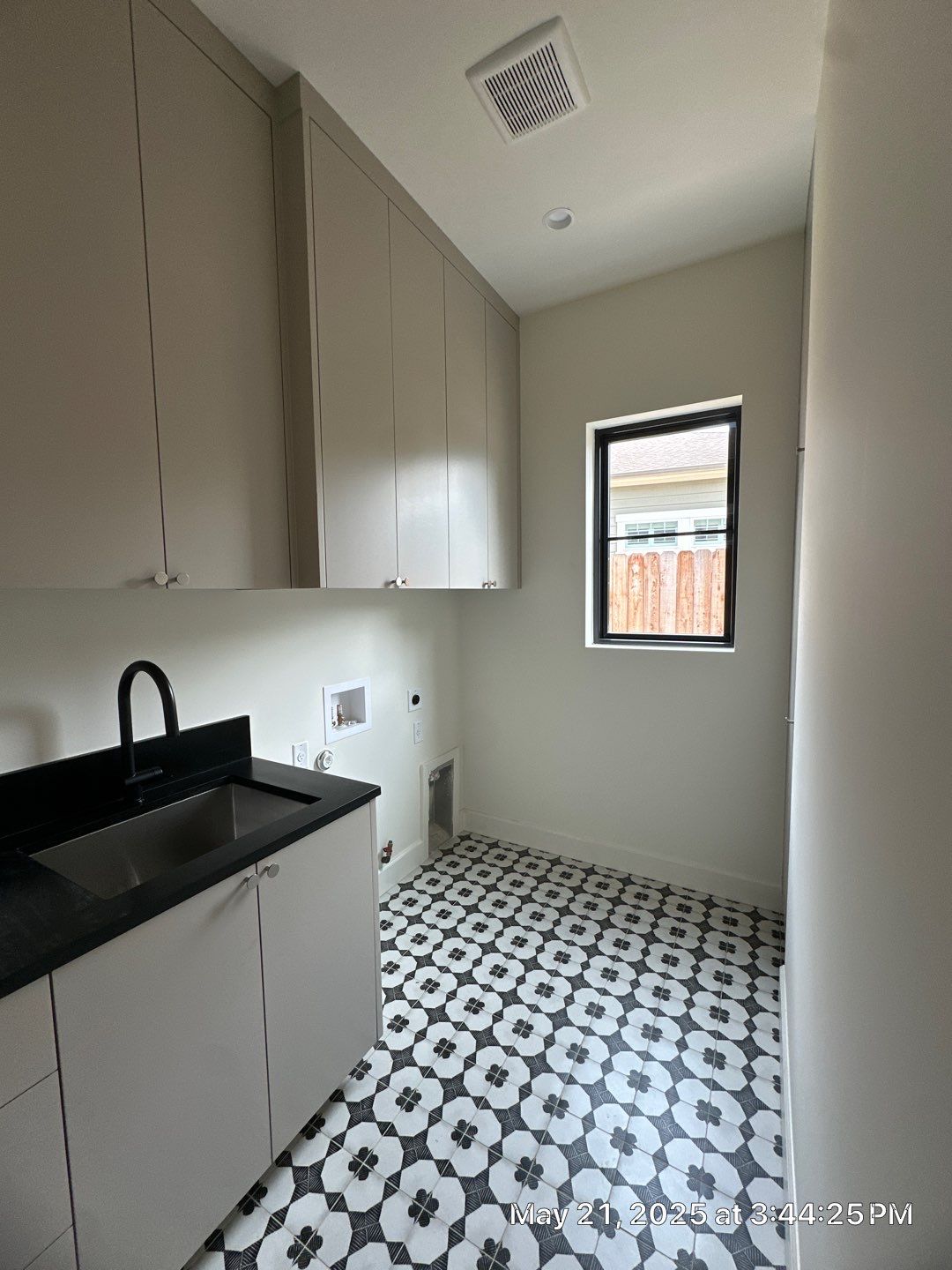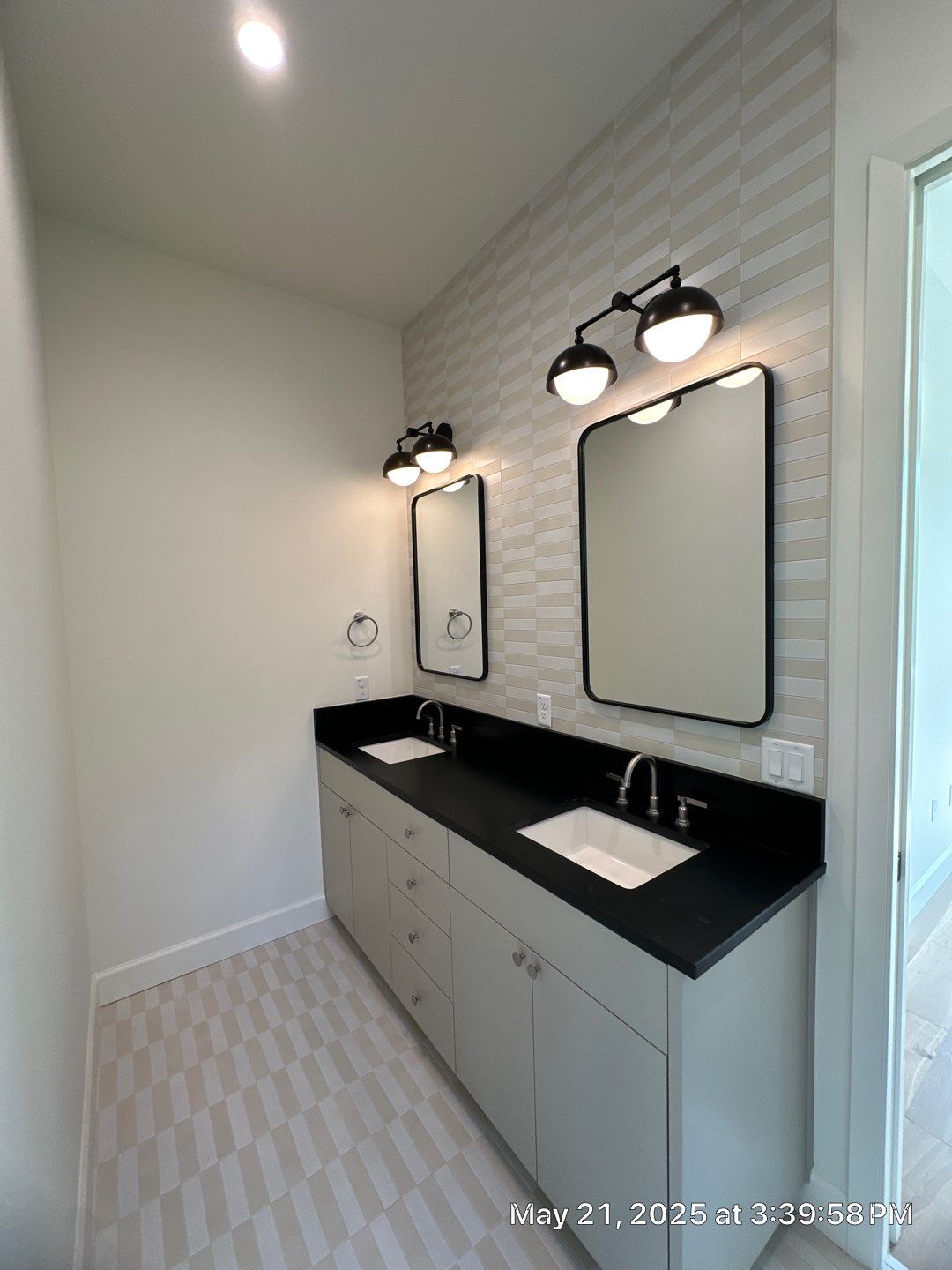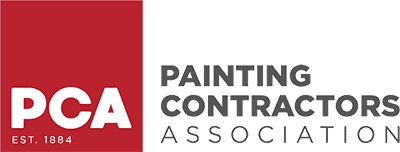Repainting without repairing wall damage first is like putting a fresh coat of paint on a cracked windshield—superficially improved, but fundamentally flawed.
Cracks, dents, and peeling paint must be properly repaired before repainting to ensure a durable, beautiful finish. Ignoring these defects doesn’t just result in poor aesthetics—it leads to early paint failure, wasted labor, and costly redos.
Whether you’re freshening up a residential room or preparing a commercial space, this guide will walk you through the key types of wall damage, explain why they must be addressed before painting, provide a product-based repair process, and outline expert-level repainting tips.
Common Types of Wall Damage That Need Repair
Cracks
Cracks in walls range from hairline fissures in drywall to deeper, more structural fractures in plaster or concrete.
-
Hairline cracks are typically caused by temperature fluctuations or the natural settling of a building. While not dangerous, they can lead to visible paint breaks if left untreated.
-
Structural cracks may signal deeper issues such as foundation movement, water intrusion, or seismic activity. These require more than a cosmetic fix.
Dents and Holes
Wall dents and holes are common in both residential and commercial settings. Causes include:
-
Door handles slamming into drywall
-
Furniture bumps
-
Nails, screws, and mounting hardware
-
Accidental impacts from moving items
Minor damage like nail holes may seem insignificant, but even the smallest imperfection will show through fresh paint unless it’s repaired and feathered properly.
Larger gouges or holes, especially those wider than 1.5 inches, require patch kits to restore surface integrity.
Peeling or Flaking Paint
Peeling is one of the most important red flags before a repaint.
Causes of peeling paint include:
-
Excessive interior or exterior moisture
-
Poor surface prep during previous painting
-
Incompatible paint types (e.g., applying latex over oil without proper priming)
Signs to look for:
-
Bubbling, blistering, or flaking patches
-
Paint that lifts off with light pressure
-
Discoloration or soft spots indicating trapped moisture
Peeling paint must be completely removed and primed before repainting. Skipping this step guarantees new coats will fail just like the old.
Why Repairing These Issues Is Essential Before Painting
Ensures Proper Paint Adhesion
Paint cannot properly bond to damaged, uneven, or contaminated surfaces. Loose particles, flaking paint, or deep cracks create unstable substrates.
Repairing the surface allows for:
-
Better primer and paint adhesion
-
Uniform paint coverage
-
Extended coating lifespan
Prevents Recurring Problems
Cracks and dents that aren’t properly repaired will reemerge after repainting. Paint alone doesn’t have the flexibility or body to bridge damaged areas.
For example, even if you hide a hairline crack with thick paint, it will reopen during the next seasonal humidity cycle.
Achieves a Smooth, Professional Finish
Wall defects are magnified by light, especially when using higher-sheen paints like satin or semi-gloss. Even minor imperfections catch the eye.
Repairing and feathering surfaces ensures a smooth, cohesive appearance that boosts both visual appeal and property value.
Step-by-Step Repair Process for Each Damage Type
Repairing Wall Cracks
-
Clear loose debris: Use a utility knife or scraper to open and clean the crack. Remove dust and flaking edges.
-
Apply patching compound: Use products like DAP DryDex Spackling for small cracks or Sheetrock All-Purpose Joint Compound for larger gaps.
-
Use mesh tape: For cracks larger than 1/8″, reinforce with fiberglass mesh tape before applying compound.
-
Smooth and sand: Once dry, sand the repair flush with surrounding wall.
-
Prime: Apply a stain-blocking primer like Zinsser Bulls Eye 1-2-3 before painting.
Fixing Dents and Holes
-
Small holes (<1/2″): Fill with lightweight spackle such as 3M Patch Plus Primer.
-
Medium dents (1/2″–1.5″): Use heavier compound and apply in layers.
-
Large holes: Install a metal mesh patch or peel-and-stick drywall patch. Cover with compound and feather the edges.
-
Sand smooth: Once fully dry, sand the entire area to ensure invisibility.
-
Prime: Always prime patches to prevent uneven paint absorption.
Removing Peeling Paint and Repainting
-
Scrape all loose paint: Use a 3M Paint Scraper or putty knife. Focus on areas with peeling or blistered edges.
-
Feather the edges: Sand surrounding paint to taper the transition between bare wall and old paint.
-
Spot prime bare areas: Use Kilz Premium or Zinsser Cover Stain to seal and block future peeling.
-
Ensure the wall is dry before any new paint is applied. Moisture meters can help verify this in humid zones.
Recommended Repair Products and Tools
| Repair Type | Product Examples | Key Features |
|---|---|---|
| Cracks & Small Holes | DAP DryDex, 3M Patch Plus Primer | Color-changing drying indicator, easy sand |
| Large Holes & Gouges | Sheetrock Joint Compound, Metal Mesh Patch | Strong adhesion, smooth finish |
| Peeling Paint Removal | 3M Paint Scraper, Sanding Blocks | Durable tools for prep, minimal gouging |
| Primers | Zinsser Bulls Eye 1-2-3, Kilz Premium | Stain-blocking, improves adhesion |
These are widely available at most hardware stores or paint supply centers, and many have professional-grade versions for commercial projects.
Tips for a Professional-Quality Repaint After Repairs
Proper Surface Preparation
After repairs:
-
Vacuum or wipe down walls to remove dust.
-
Ensure repaired areas are dry and cured.
-
Use a quality primer to create a uniform surface. This also seals spackled areas so the final coat looks consistent.
Choosing the Right Paint Finish
-
Eggshell or satin finishes are ideal for walls because they hide minor imperfections and are easier to clean.
-
Avoid flat paints in high-traffic zones—they highlight blemishes and are less durable.
-
In moisture-prone areas, use mildew-resistant paints to reduce future peeling.
Scheduling Repairs and Painting for Efficiency
-
Let spackle and joint compound dry 24 to 48 hours before sanding or priming.
-
Avoid rushing. Paint applied over damp patches will blister or peel prematurely.
-
For best results, work in controlled conditions. Ideal temp: 50°F to 85°F; relative humidity under 60%.
When to Call a Professional
Structural or Large Cracks
If you spot diagonal cracks, bowing drywall, or shifting trim, it may indicate:
-
Foundation movement
-
Water damage
-
Structural failure
A painting contractor can repair superficial cracks, but you’ll need a structural engineer or general contractor for deep diagnostics.
Extensive Water Damage or Mold
Never paint over mold or water-stained walls without remediation. This allows the problem to spread unseen.
Call in a specialist to remove mold and dry out walls before repainting.
Large-Scale Repairs or Commercial Jobs
For apartment buildings, offices, or public spaces:
-
Hire a licensed painting contractor
-
Ensure wall repair, surface prep, and painting are completed to code
-
Look for warranties or guarantees on both the repair and coating systems
People Also Asked
Can I paint over cracks without repairing them?
→ No. Paint will not bridge or conceal cracks. They will remain visible and may worsen after painting.
What’s the best filler for small holes?
→ Lightweight spackle such as DAP DryDex or 3M Patch Plus Primer is easy to apply and sand.
How long should I wait after repair before painting?
→ Wait 24–48 hours for standard repairs. For larger patches, wait until completely dry and firm.
Will primer cover repaired areas?
→ Yes, high-quality primer seals the repair, prevents flashing, and ensures a uniform topcoat.
How do I prevent peeling paint in the future?
→ Proper prep, controlling moisture, and using high-adhesion primers and paints will prevent peeling.
Dry Times & Paint Compatibility
| Repair Material | Recommended Dry Time | Compatible Primer | Paint Compatibility |
|---|---|---|---|
| Lightweight Spackle | 1–2 hours | Zinsser Bulls Eye 1-2-3 | Latex or Acrylic |
| Joint Compound | 24–48 hours | Kilz Premium or BIN Shellac | Latex, Acrylic, Oil |
| Peel-and-Stick Patch Kits | 24 hours | Any stain-blocking primer | Latex or Acrylic |
| Exposed Plaster or Concrete | 72 hours minimum | Masonry-specific primer | Elastomeric, Acrylic, or Epoxy |
Don’t Skip Repairs—They’re the Foundation of a Lasting Paint Job
No matter how expensive your paint or how skilled your painter, a poor surface means a poor result.
Taking time to repair cracks, dents, and peeling paint is an investment in longevity, aesthetics, and cost-efficiency. Skipping these steps guarantees callbacks, complaints, and repainting sooner than expected.
Whether you’re managing a commercial space or refreshing your home, thorough prep is non-negotiable.
For major damage or complex spaces, consult a qualified contractor who understands both repair and finish systems. And remember—flawless walls start with what’s underneath the paint.





